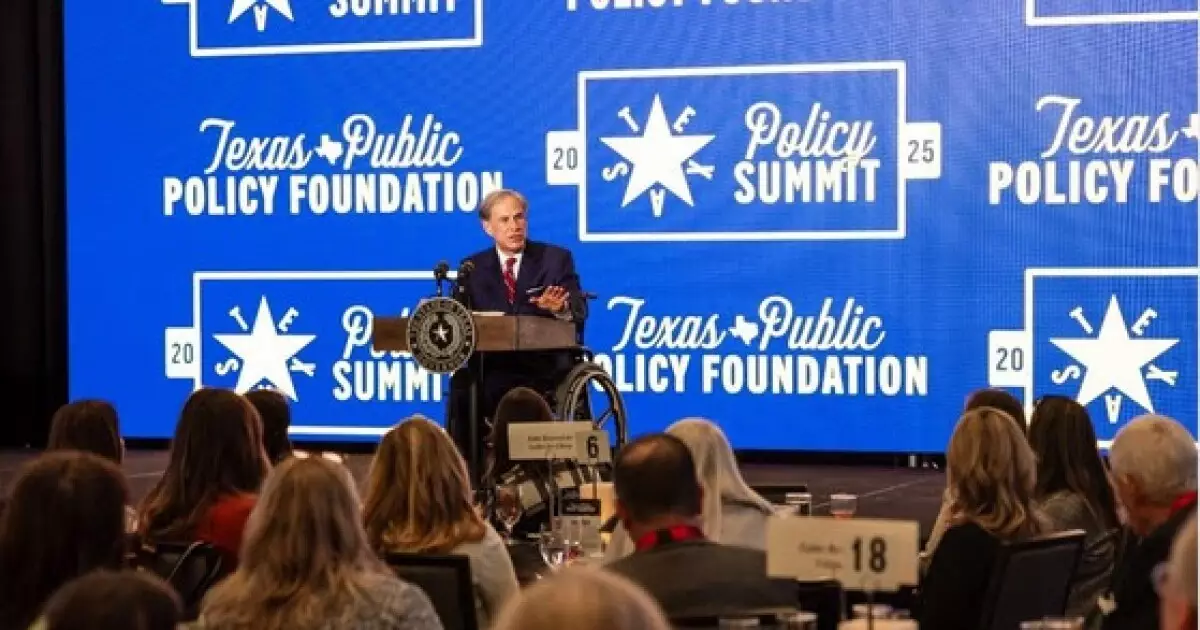The landscape of public education in Texas is facing significant challenges as budget constraints and escalating expenses converge, leaving school districts grappling for financial stability. The insights provided in a report by Moody’s Ratings reveal a troubling trend that demands immediate attention. With stagnant state funding and rising operational costs, Texas school districts are entering a precarious phase that jeopardizes their financial health and educational missions.
Stagnation in Funding and Its Consequences
Moody’s report highlights a critical issue: the per-pupil basic allotment of $6,160 has not seen an increase since 2019. Despite varying claims about the overall funding for public education, this figure remains outdated in the face of persistent inflation and the discontinuation of federal aid that was previously bolstering school budgets. The report emphasizes that if funding does not adapt to the changing economic landscape, districts may be compelled to deplete their financial reserves or implement cost-cutting measures. Such actions, while sometimes necessary for survival, ultimately undermine the core mission of education and could have lasting implications on both the financial health of these institutions and the quality of education they provide.
Adding to this fiscal crisis is the recent pattern of voter resistance to local property tax increases. Out of 52 propositions presented to voters on November 5, 30 were rejected. This rejection, coming at a time when many districts are in desperate need of additional funding, compounds the challenges they face in maintaining operations and innovating in educational delivery. Without a reliable revenue-generating mechanism, school districts may find it increasingly difficult to pursue essential initiatives such as improving staff compensation or enhancing security measures. The community’s unwillingness to shoulder the tax burden reveals a disconnect between the urgent funding needs of schools and public sentiment, warranting careful examination of how educational funding is communicated and prioritized in local elections.
The political landscape is also shifting, with Governor Greg Abbott positioning a private school voucher program as a pivotal issue for the upcoming 2025 legislative session. While Abbott cites that average public school funding has reached a record high of over $15,000 per student, it is important to contextualize this figure. The $15,000 figure includes various funding sources beyond state contributions, potentially obfuscating the reality facing school districts when considering operational budgets. The continued push for increased educational funding reflects the state’s acknowledgment of existing financial pressures but raises the crucial question of whether these measures will genuinely alleviate the strain or simply serve as short-term solutions.
In tandem, the proposals from the Republican-controlled Texas legislature indicate a willingness to infuse more money into public education, yet ambiguity remains around adjusting the basic allotment. Advocating for stricter regulations on property tax increases implies a deeper tension between available funding mechanisms and emerging educational needs—not to mention the anticipated outcomes should credit ratings for Texas public schools begin to falter in coming fiscal years.
According to S&P Global Ratings, if current revenue shortfalls persist, Texas schools may face significant credit deterioration, particularly in fiscal years 2025 and 2026. The pressure to align basic aid funding with the realities of inflation and sky-high operational costs necessitates urgent action. A lack of adjustments in funding means that districts might continue to navigate budgetary challenges without the support needed to maintain quality education. Furthermore, if local tax rates remain stable despite rising costs, the reliance on voter approval for increases above this neutral level becomes a growing risk factor for financial sustainability.
The financial strain on Texas school districts is poised to impact not just immediate fiscal health but also the long-term viability of educational objectives. A collaborative effort is needed among stakeholders—educators, parents, policymakers, and the community—to ensure that the needs of public education are met adequately. This situation calls for innovative funding solutions, strategic communication regarding funding priorities, and a proactive stance towards local tax structures. Only through unified efforts can Texas make meaningful advancements in education funding and ensure a functional public education system.

